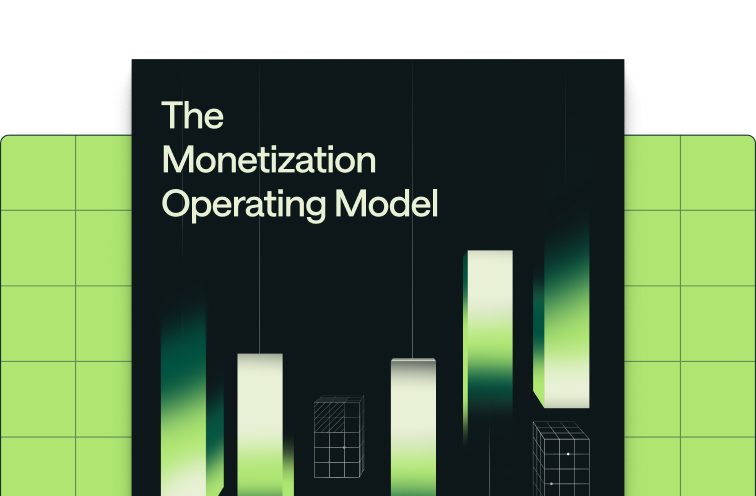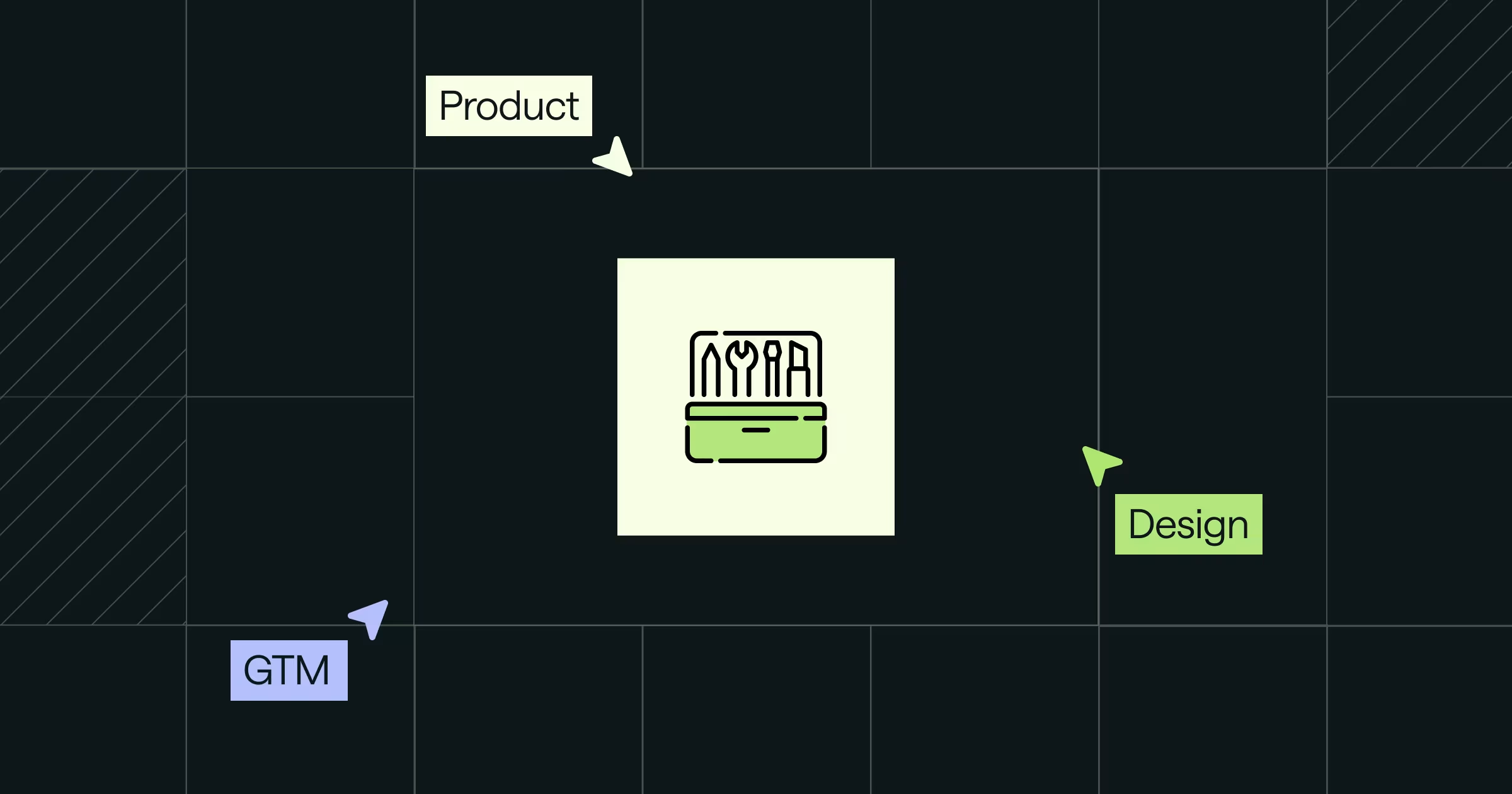Share
With the SaaS pricing landscape undergoing rapid transformation, 2025 will mark a pivotal moment for how companies monetize software products. The introduction of AI, shifting customer expectations, and evolving business models are forcing companies to rethink their approach.
In a recent webinar, Metronome CEO Scott Woody and SaaS pricing expert Kyle Poyar explored key pricing trends they see shaping the SaaS industry in the coming year. Here’s what to expect and how businesses can adapt.
SaaS pricing trends to watch in 2025
Scott predicts: AI will force SaaS businesses into outcome-and usage-based pricing
For decades, seat-based subscriptions dominated SaaS pricing models. But with AI reshaping how software’s value is perceived, companies are being compelled into usage- and outcome-based pricing.
While the switch to usage-based pricing might be inevitable, there are ways to incrementally move in that direction, keeping pace with competition without overhauling your business in one fell swoop. Adopting AI add-ons or integrating hybrid models are two ways businesses can evolve in the face of these shifts.
Scott predicts: Lack of preparation will lead to increases in pricing missteps
While there are plenty of ways a pricing transformation or iteration can go sideways, one major issue can be when your internal alignment isn’t fully baked. Because changing a pricing model isn’t solely about the pricing model—it’s about customer experience, product, and more—every team needs to clearly understand the goal and their part in reaching it.
Kyle noted that another misstep is simply not taking a step at all—while mistakes are costly, doing nothing is even deadlier.
Scott predicts: Speed of pricing transformation will challenge both companies and investors
Speed is another a risk factor in successfully transforming pricing models to meet the moment. Carefully thought out plans that involve stakeholders from across the business are a must. No matter how organized you are, there’s no getting around the fact that keeping up with the speed of pricing evolution is a true challenge.
Companies that are faster to embrace flexible monetization will quickly outpace competitors that fail to adapt their pricing models. Investing in pricing experimentation and making small, data-driven adjustments instead of waiting years to make a change is where you can make fast progress in figuring out the right pricing model for your customers.
It’s also important to get the tooling and infrastructure in place to make fast iteration possible. Without it, companies will find themselves bogged down in vast amounts of work just to set themselves up for later iteration. Smart companies will partner with the right vendors to get this done at breakneck speed. Those that don’t are likely to fall behind—and quickly.
While many companies are already grappling with the shifts the industry is facing, many investors are still cautious about usage-based and outcome-driven pricing models.
“There's a lot of investors that just don't understand these next-gen models and how to unpack the underlying health of the business. And so I think that either that's going to cause companies to not do what's best for business and for the customer, or for investors to miss out on really attractive businesses because they didn't ‘get’ the business model.” — Kyle Poyar (35:54)
This makes proactive, clear communication—that includes the right revenue metrics—to investors more critical than ever. Set clear expectations, and do your best to anticipate questions to make sure you and investors are on the same page.
Scott predicts: Every team will be a growth team
Organizational alignment is a thread that runs through many of the 2025 predictions, and it’s critical for usage-based models.
Pricing is no longer just a decision made by a single team—it requires cross-functional collaboration and input to make the most of it. The best companies are treating pricing like a growth function, constantly refining and optimizing based on customer behavior and market conditions. Adopting usage-based pricing requires a reorientation of nearly every team’s success metrics and the way they view their role in the company.
When every team is oriented to the right outcomes, every team becomes a success team. One example is shifting your sales team’s focus from upfront booking to product usage and expansion. As they work with customers, sales teams can glean insights into why customers may or may not be using certain products and feed that information back to product teams for further product iteration.
Kyle predicts: Expansion of hybrid pricing models and AI paywalls
As companies move away from rigid subscription pricing, hybrid models that blend seat-based pricing, pay-as-you-go models, and AI-driven pricing are coming to the forefront. Many companies are introducing AI credits or paywalls where customers get access to a baseline level of usage and pay for additional consumption.
Companies like OpenAI have made these types of approaches more popular. Within their products, they’ve set multiple paywalls, balancing gated access to drive adoption.
Kyle predicts: Pricing will become a competitive differentiator
We’re still beating this drum: Pricing isn’t just a way to charge customers anymore—it’s a fundamental part of product strategy and competitive positioning.
Along with this complexity, companies have to make sure their pricing is understandable for their end users. Opaque pricing models do nothing to alleviate customer concerns and may even contribute to increased churn rates.
Kyle predicts: Folks will sell ‘units of work’ completed while true success-based pricing will remain rare
Because most products aren’t built in a way that the business can own an outcome from start to finish—and since companies aren’t set up to prove the incremental value to customers—Kyle sees many companies as moving toward pricing structures that charge based on an amount of completed work but still struggle to do a fair success attribution.
Examples here might be automation providers charging based on tasks automated, and not based on a theoretical “headcount saved” number.
Kyle predicts: Paid trials will become the new free trials
Businesses offering low- or negative-margin AI products have attractive value to offer to a wide range of customers, which can be tricky when the cost to deliver the product is high. Customers interested in trying the product on a hobbyist basis may not be sticky enough to make financial sense in the long run. This is where free trials turn to paid trials out of necessity.
Scott noted that for companies offering AI products, free trials can also act as an open door to fraud. This is another strong impetus for even minimally paid trials that offer low barriers to access but still add enough friction to prevent mass action by bad actors.
How Metronome can help SaaS companies adapt
The quick evolution of SaaS pricing models offers both an opportunity and a challenge. While the shift to hybrid, usage-based, and outcome-driven pricing creates new revenue potential, it also requires a flexible billing infrastructure that can support continuous iteration.
Metronome enables SaaS companies to:
- Implement, test, and refine new pricing models without disrupting an existing customer base
- Offer seat-based, usage-based, and hybrid pricing across your self-serve and enterprise customers
- Allow your customers to drill down the cost and give them full control on spend to win their trust
- Analyze real-time pricing performance to make data-driven adjustments
With SaaS pricing undergoing its biggest transformation in decades, your business must be prepared to act. If you’re interested in updating your pricing model with the help of our experts, get in touch. Using the insights we’ve gained from working with market leaders is one way we can help you transform your pricing to stay competitive in 2025 and beyond.











